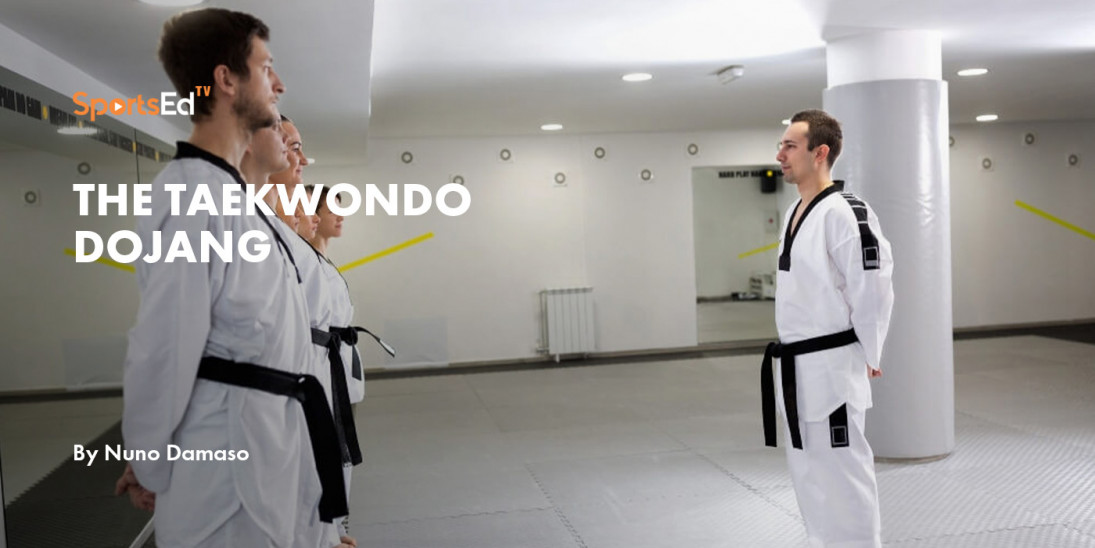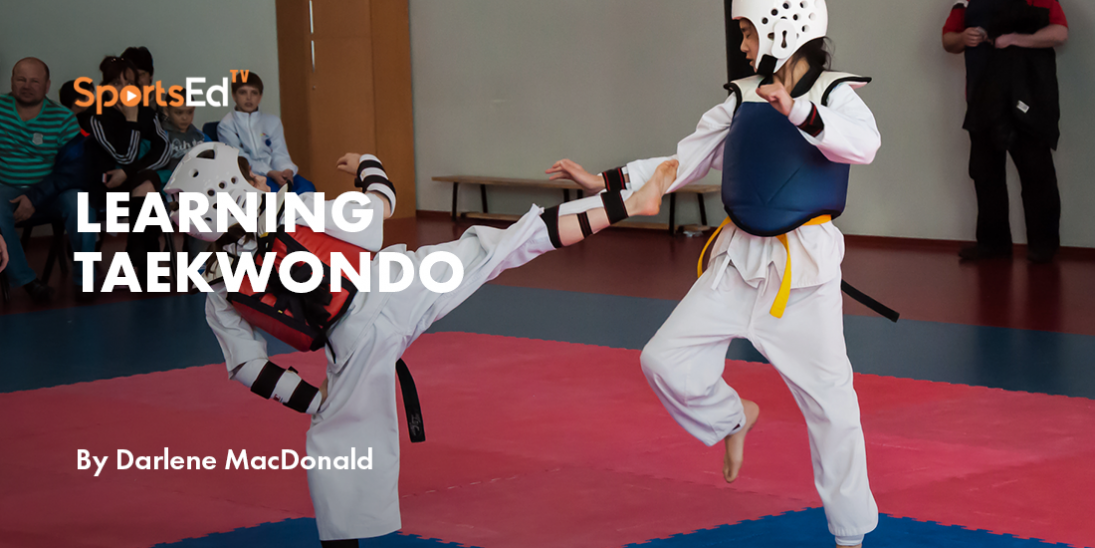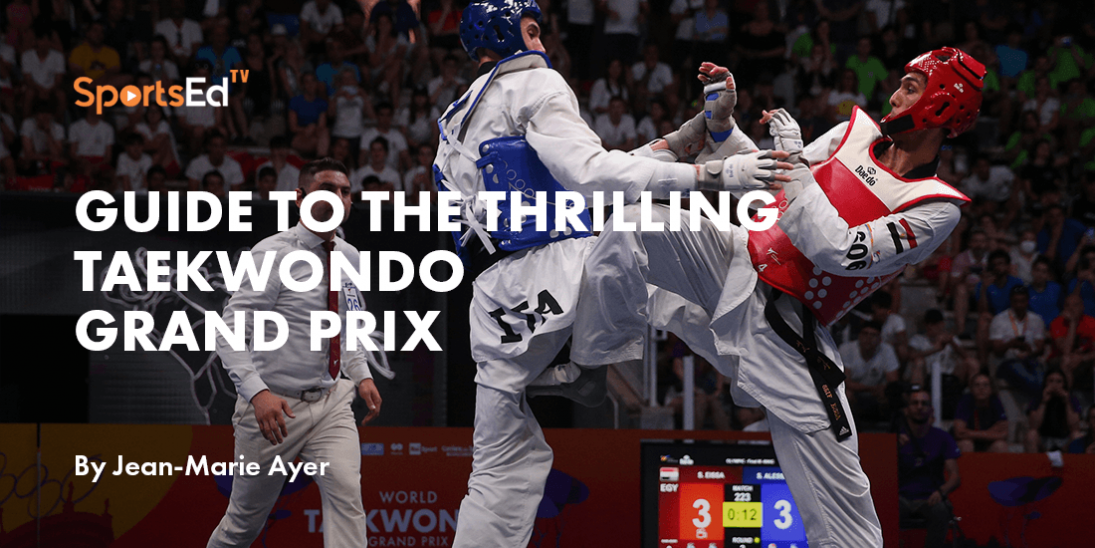Taekwondo
Welcome and thanks for visiting...

Is Taekwondo a Martial Art or a Sport?
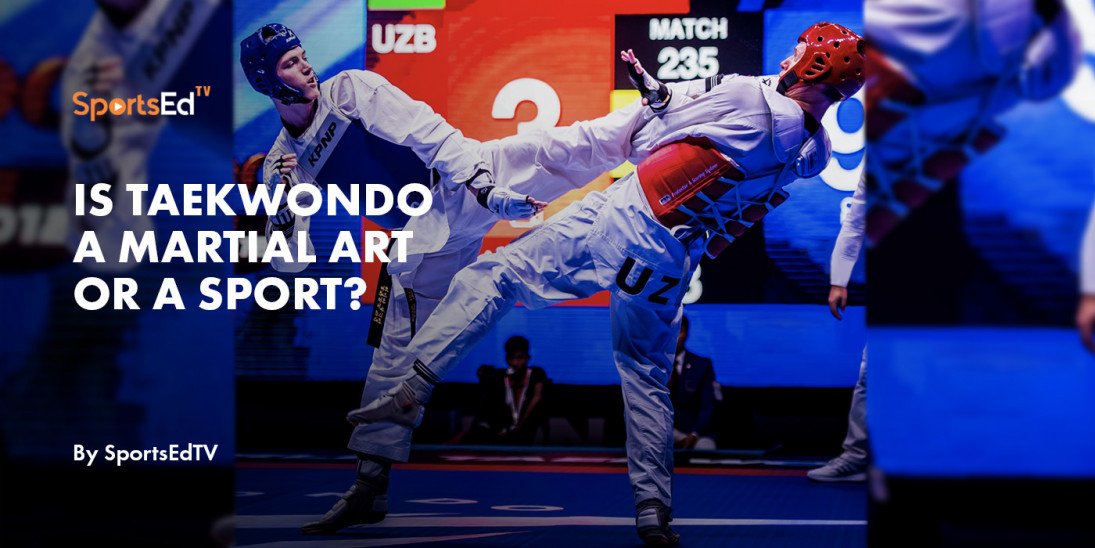
SportsEdTV Taekwondo is committed to bringing athletes, coaches, and parents pro-level taekwondo education videos for FREE. All levels, anywhere, anytime. Check out our full instructional library and sign up to join our taekwondo community!
Taekwondo - a martial art of Korean origin - became an Olympic sport at the Summer Olympic Games in Sydney – Australia in 2000. In the combat sports called martial arts, Taekwondo joined judo, which was first included in the Summer Olympic Games at the 1964 Games in Tokyo, Japan.
This participation in the Olympic Games changed Taekwondo. First of all, the worldwide broadcasting of Olympic competitions, including 28 sports during the Summer Games, allowed Taekwondo to acquire a global audience.
Above all, it opened the way for thousands of Taekwondo practitioners to participate in the Olympic Games. A tough race, only 16 athletes per category, can qualify divided into 4 categories for men, 4 categories for women (total 128 athletes). This race to qualify for the Olympic Games transformed the training practices.
Taekwondo became a high-level performance sport, and participation in the Olympic Games required assiduous, systematic, and intense preparation.
The traditional preparation for Taekwondo is through the learning of Poomsae. If you start taking taekwondo classes, you will learn a series of Poomsae called Taekgeuks that incorporate the following elements :
Technique
Knowledge
Attitude
Concentration
Posture
Timing
Power
Breathing
Mastery of the Poomsae, a series of attack and defense forms, allows for progress in the sport. A competent instructor can discern a student's knowledge, skill level, strength, and concentration simply by watching him or her perform these forms.
A Poomsae is composed of Taekwondo-specific techniques of blocking, striking, and kicking. The movements must be performed with precision. Blocking movements should start and stop where they will be effective. Striking techniques should begin with the hip and be followed by an appropriate movement.
Balance, control, and proper foot position should be used for kicking. Posture and balance are about controlling the center of gravity. Correct posture from a good position allows the practitioner to use maximum force. Balance allows the practitioner to control this force and move on to the next technique quickly and efficiently.
The movements are carried out using phases of tension and relaxation in the movements of the body. In the preparatory phase, relaxation is used. This gives speed to the technique. As the impact approaches, tension is applied. One should breathe in during the preparatory movement and breathe out during the execution of the technique. Learning when and how to use these elements is one of the most important lessons of Poomsae practice.
Finally, Poomsae is a "simulated fight"; practitioners must watch where their imaginary opponent is. Imagining an opponent helps develop precision in attack and defense techniques. Center punches should hit the imaginary opponent's chest. High blocks should redirect high punches, and high kicks should hit the opponent's face. The practitioner places these attack and defense techniques depending on his or her ability to "see" attacks and openings.
Mastering successive Poomsae that increase in complexity allows the practitioner to progress and graduate to different belts via tests.
Olympic Taekwondo is a form of sparring (Kyorugi) with contact. We are, therefore, no longer in simulated fights and the application of highly codified techniques as described above. For the athlete, the important thing is to score points while respecting the rules of competition referenced in articles on Kyorugi rules.
Often, the techniques used correspond to the basic techniques but are often executed to optimize speed and reactivity. Technical purity and power are secondary. What matters is to hit the allowed areas as quickly as possible, and it is not necessary to develop the maximum power possible to score points. For example, a touch to the head is enough to score points. This is perfect for the athletes' safety because kyorugi fights are not aimed at destroying the opponent.
An athlete will optimize preparation by working on reactivity, speed, and agility. The athlete will select effective techniques that suit him best. For some, Taekwondo practice becomes a targeted training to score points and win a sparring match. It is no longer necessary to go through all the martial art training described above to be effective.
On the contrary, a fixation on basic techniques can even prove to be a disadvantage in sparring matches. Some athletes from other disciplines, such as kickboxing, can also quickly join Taekwondo teams. Let's not forget that Taekwondo is about winning Olympic medals.
So, is Taekwondo a sport or martial art?
The debate rages on in the Taekwondo community. Supporters of the sport are pleased with the media presence of Taekwondo at the Olympic Games. Some countries have won their first-ever Olympic medal through Taekwondo: in 2008, at the Beijing Olympics, Rohullah Nikpai won a bronze medal in Taekwondo - the first-ever medal for Afghanistan.
And the national Olympic committees invest considerable amounts of money in the preparation of taekwondo athletes. Supporters of martial arts lament the lack of martial spirit in Olympic sparring, where a light touch can win matches. However, one important rallying point is that it is required for participation in an international competition to have at least a first Dan.
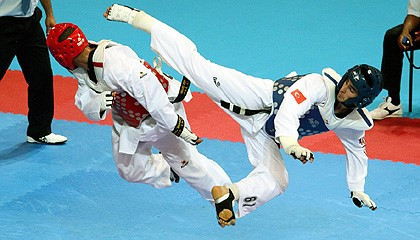
A kyorugi match: sparring with contact
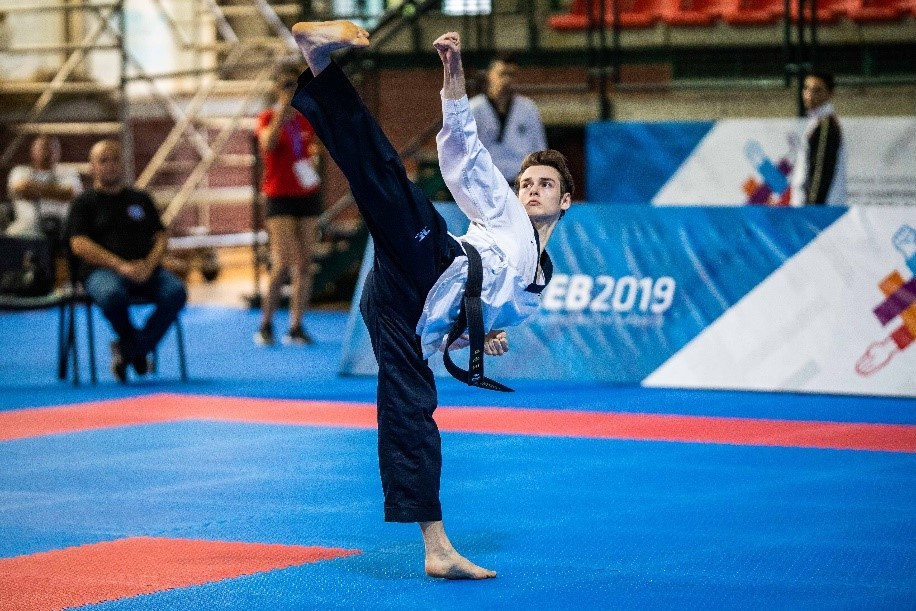
Poomsae Competition: an athlete performs a simulated fight




